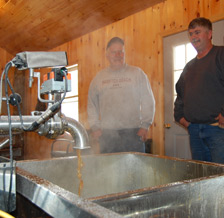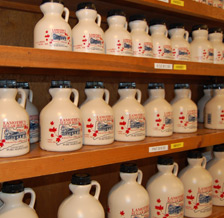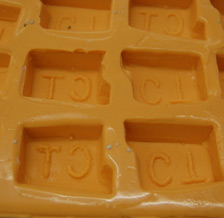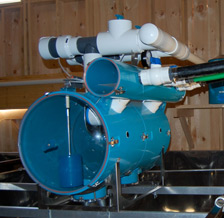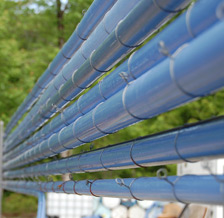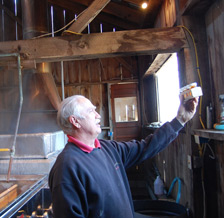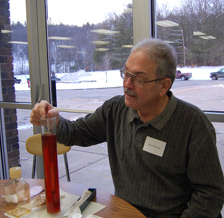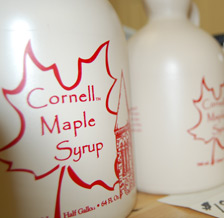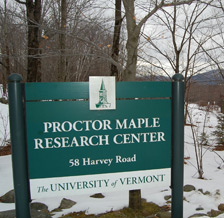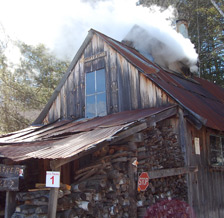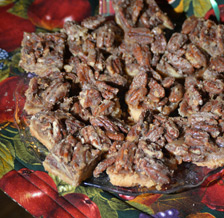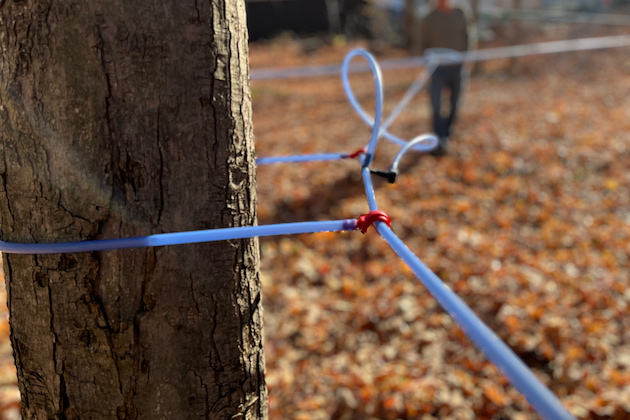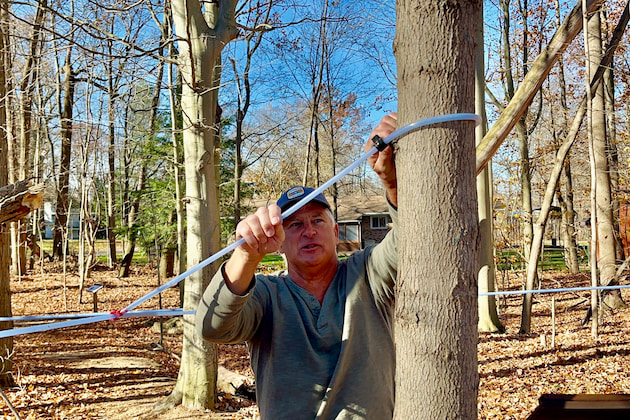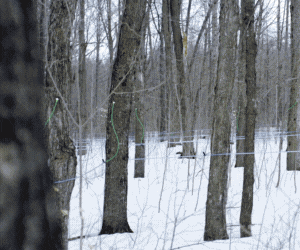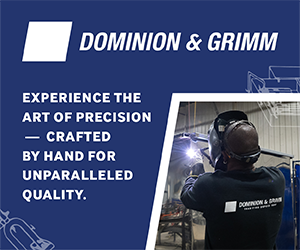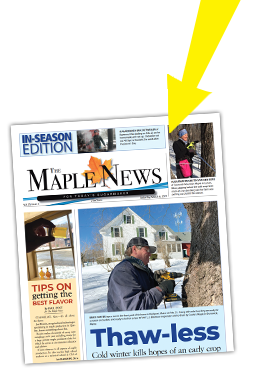Tapping & Tubing
Vermont sugarmaker offers expert tubing tips
Sugarmaker aims to make 8 lbs. per tap
By PETER GREGG | FEBRUARY 4, 2025
WESTMINSTER WEST, Vt.—Veteran sugarmaker Dan Crocker has been making syrup more than fifty years and over the past several seasons, he has achieved a 7lbs per tap average.
It didn’t always used to be that way.
The old benchmark for big-time Vermont sugarmakers—Crocker has 22,000 taps in southern Vermont—was an average of 5 pounds per tap, and he would hit that mark consistently.
But then he did the math, and found that for each one pound increase, he’d be putting an extra $40,000 in his pocket.
“The math is easy,” he told a group at the Lake Erie Maple Expo last fall. “That adds up fast.”
So he targeted 7lbs and has high hopes for 2025.
“And this season I’m going to be pushing 8 pounds,” he said.
To put more money in your pocket, you need to spend money in the woods, he said.
“Anything you spend in the woods you get it back 10-fold,” Crocker said. “Dont be cheap when it comes to the woods.”
Once the season starts, get at your leaks.
“Once you drill a spout you want to get every drop,” he said.
Try to get to high vacuum, he advised. In the range of 28 mercury inches or higher, depending on your elevation.
For every extra inch of vacuum, there is a 5 percent increase in overall production, Crocker said.
If you are going to use high vacuum, if your lines have leaks, the air from the leaks will cause freeze-ups in the lines.
He said the freeze ups will cause the lines to thaw slowly causing “the dreaded sap backup,” he said.
When sap backs up, it often backs up into the taphole, creating the bacteria situation that closes holes prematurely.
“Get off your butt and get your leaks,” he said.
Also, looks for leaks at the saddle. That can be a primary culprit.
Another trick is to get all of the lines in the woods, as well as the drops, facing south or southeast.
“Trees run best in the morning and you want the sun thawing those lines,” he said. “You want an open highway to the releaser.”

